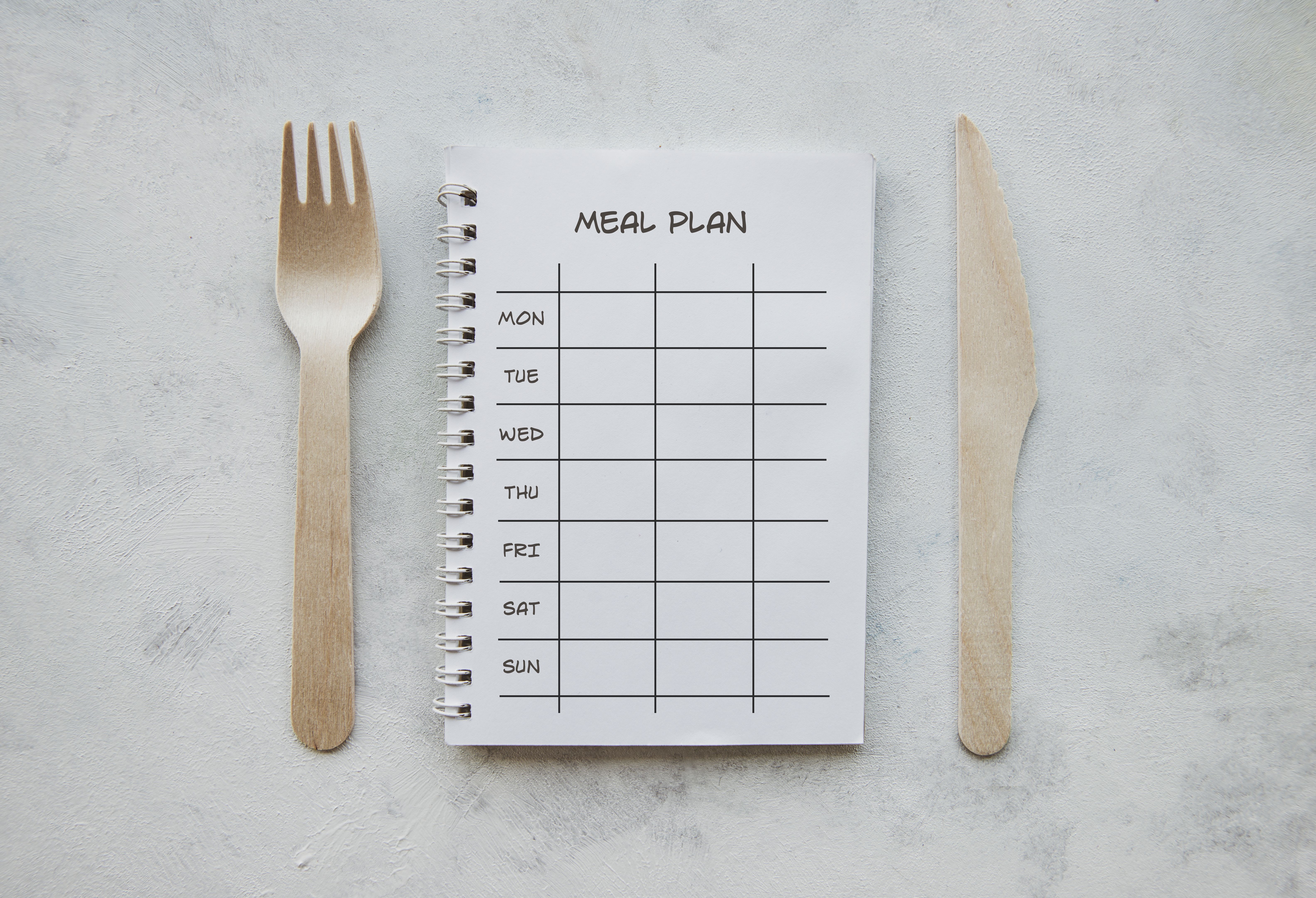Exploring Effective Intermittent Fasting Strategies
Understanding Intermittent Fasting
Intermittent fasting has gained popularity as an effective strategy for weight management and improving metabolic health. It involves cycling between periods of eating and fasting, which can lead to various health benefits. Unlike traditional diets that focus on what to eat, intermittent fasting emphasizes when you eat. This approach allows for flexibility and can be tailored to fit individual lifestyles.
There are several methods of intermittent fasting, each with its unique benefits and challenges. By understanding these strategies, you can choose the one that best suits your needs and goals. Let's explore some of the most popular intermittent fasting strategies.

Popular Intermittent Fasting Methods
The 16/8 Method
The 16/8 method, also known as the Leangains protocol, is one of the most common approaches to intermittent fasting. It involves fasting for 16 hours and restricting your eating window to 8 hours each day. Most people find it convenient to skip breakfast and eat their first meal around noon, with their last meal around 8 PM.
This method is effective for those who prefer a daily routine and want to incorporate fasting into their lifestyle without significant disruption. It allows for three meals or two meals with snacks, making it a sustainable option for many.
The 5:2 Diet
The 5:2 diet involves eating normally for five days a week while restricting calorie intake to about 500-600 calories on two non-consecutive days. This method is popular because it doesn't require daily calorie counting and offers flexibility in choosing fasting days.

On fasting days, it is important to focus on nutrient-dense, low-calorie foods such as vegetables and lean proteins to ensure adequate nutrition. The 5:2 diet can be an effective strategy for those who want to maintain their regular eating habits most of the week while still benefiting from intermittent fasting.
Alternate-Day Fasting
As the name suggests, alternate-day fasting involves alternating between days of normal eating and days of fasting or consuming very low calories. This method can be challenging due to the extended fasting periods, but it may result in significant weight loss and metabolic improvements for those who can adhere to it.
It is crucial to maintain proper nutrition on eating days to provide your body with the necessary nutrients. This method is typically more suitable for individuals who have previous experience with fasting and can handle longer periods without food.

Tips for Success with Intermittent Fasting
To maximize the benefits of intermittent fasting, consider these tips:
- Stay Hydrated: Drinking plenty of water during fasting periods can help control hunger and keep you feeling full.
- Start Slowly: If you're new to fasting, begin with shorter fasting periods and gradually increase the duration as your body adapts.
- Listen to Your Body: Pay attention to how your body responds and adjust your fasting schedule as needed to ensure it fits your lifestyle comfortably.
Intermittent fasting is not a one-size-fits-all solution, but by exploring different strategies and listening to your body's needs, you can find an approach that works best for you. Remember that consistency is key, and it's important to choose a method that complements your daily routine and dietary preferences.
